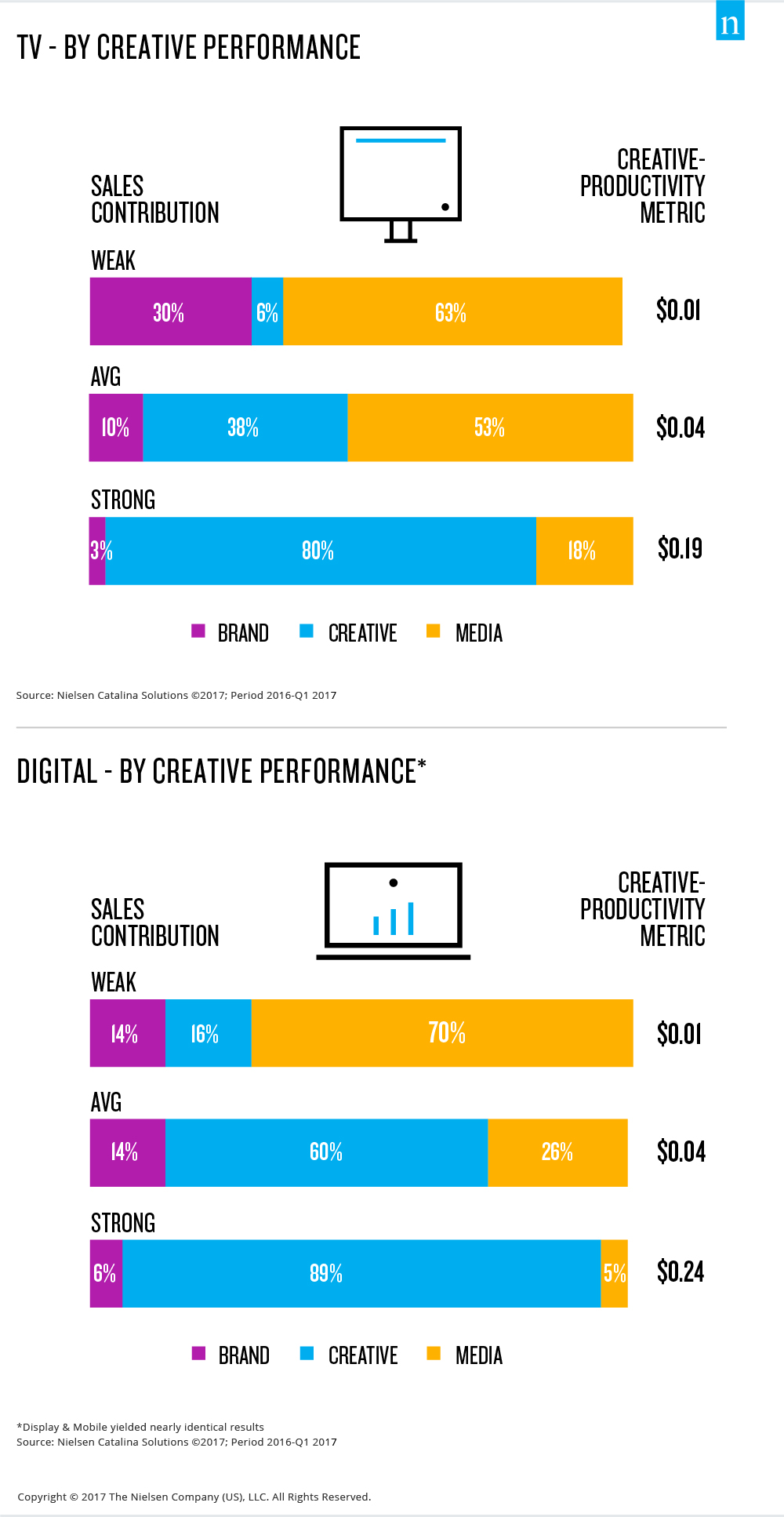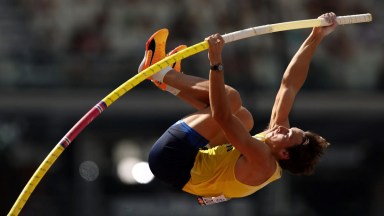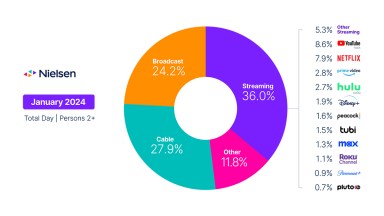 Hace poco, una mañana, se inició en la oficina un debate improvisado sobre lo que constituye una buena publicidad. Hablamos de algunos de nuestros anuncios recientes favoritos y, como se puede imaginar, la gama de sugerencias sobre cuál era el mejor era amplia. Cortos y largos. Divertidos y sentimentales. De producto y de marca. Racional y emocional. Aunque variaban en longitud y objetivo, una cosa estaba clara: eran anuncios "que hay que ver", no anuncios de relleno entre pausas, sino grandes creatividades de las que queremos hablar, compartir y ver una y otra vez.
Hace poco, una mañana, se inició en la oficina un debate improvisado sobre lo que constituye una buena publicidad. Hablamos de algunos de nuestros anuncios recientes favoritos y, como se puede imaginar, la gama de sugerencias sobre cuál era el mejor era amplia. Cortos y largos. Divertidos y sentimentales. De producto y de marca. Racional y emocional. Aunque variaban en longitud y objetivo, una cosa estaba clara: eran anuncios "que hay que ver", no anuncios de relleno entre pausas, sino grandes creatividades de las que queremos hablar, compartir y ver una y otra vez.
Los resultados de un nuevo proyecto de investigación conjunto de Nielsen Catalina Solutions (NCS) y Nielsen me recordaron la importancia de la creatividad. Los resultados reforzaron un viejo dicho de la publicidad: ¡la creatividad es el rey! La creatividad es lo que impulsa lo que nos atrae, compartimos, comentamos, debatimos, recordamos y compramos. La creatividad tiene un gran poder, independientemente de dónde, cuándo y cómo se publique. Por ejemplo, el anuncio de Apple de 1984 para presentar el ordenador Macintosh sigue siendo uno de los más comentados de todos los tiempos, y se emitió una sola vez en la televisión nacional.
El estudio pretendía cuantificar la contribución a las ventas de cinco factores clave que contribuyen a la eficacia de la publicidad: creatividad, alcance, orientación, frecuencia y contexto. Los resultados del estudio muestran cómo ha cambiado el equilibrio relativo entre estos factores a lo largo del tiempo y cómo funciona en los canales de televisión y digitales. Lo más interesante para mí es que los resultados demuestran que la calidad creativa contribuye tanto al éxito de una marca en el mercado como todos los demás factores juntos. Además, el estudio concluyó que, cuando la creatividad es buena, es el principal impulsor del éxito en el mercado: hasta un 80% en la televisión tradicional y un 89% en la publicidad digital. Por el contrario, cuando la creatividad es débil, el aumento de las ventas es escaso en TV y digital, y otros factores de los medios de comunicación son los principales impulsores.
En resumen, una gran creatividad sigue siendo el factor más importante para el éxito de cualquier campaña publicitaria, tanto en la televisión tradicional como en las plataformas digitales. Las nuevas herramientas y técnicas pueden mejorar, ampliar y orientar mejor el alcance, y parecen surgir cada día nuevos formatos y destinos para ayudar a los anunciantes a encontrar a sus consumidores. Pero, sencillamente, no pueden igualar el poder de una gran creatividad cuando se trata de impulsar campañas publicitarias realmente exitosas.

This, of course, raises several questions: What is great creative? How do marketers know if their creative is “great?” And how do they achieve great success with it?
In the past, marketers have relied on qualitative and/or quantitative self-report copy testing to evaluate creative. Essentially, they made decisions based on biased consumer responses often aided by their professional eyes and instincts. Essentially, they went with what they thought would work. While this may have kept very poor advertising off the air, it left some potentially great work on the drawing board. And if they had a piece of creative they needed to cut down/compress, they might have relied on personal judgment.
This is where consumer neuroscience increasingly plays an important role for marketers. That’s because the current suite of tools combining EEG, eye tracking, facial coding and biometrics, along with self-report surveys, offer a unique opportunity. Not only can these tools measure and evaluate on a macro level (i.e., what works and what doesn’t), they go even deeper, providing moment-by-moment insight that can pinpoint where a spot(s) needs to be adjusted. The results enable a collaborative approach between marketers, creative agencies and researchers to help go from early stage to primetime success—avoiding the cutting-room floor that has claimed too many could-have-been-great ads. This is because consumer neuroscience measures what traditional research methods cannot. Methods like surveys can only tap into our conscious responses, which we know are often heavily biased and are only one, arguably smaller, component of how we consume media. Studies have shown that the majority of our decision-making happens non-consciously, so much of what drives everyday decisions—including what we’ll purchase, watch and talk about—requires tools that can measure these responses.
Several years ago, we developed a model designed to understand the explosion in content platforms and the types of creative that can be optimized for each. Our Brand Immersion Model became a framework for defining the relationship between the immersive platform of TV and digital’s flexible platforms. Our research found that TV, through its unmatched ability to create new, unconscious emotional connections, has the power to form need states—which make consumers receptive to brand messages—where none existed before. Flexible environments play a key role in reinforcing need states. So the two work together in powerful, synergistic ways.
It’s important to understand this relationship in order to develop creative that will be great on each platform. The Brand Immersion Model breaks down the two primary ways to engage with content:
Highly Immersive Platforms: Viewers are more apt to be passive participants, observing content that substitutes the viewers’ emotional state with the emotional lives of the onscreen characters. If those characters need a product, the viewer feels that same need. Examples include television, virtual reality, theaters and home theaters, IMAX and events like the Olympics. Immersive content enables us to experience others and generate need states that previously did not exist.
Highly Flexible Platforms: Viewers are more apt to be active participants, constantly searching for something that engages them. This content requires the need to already become established. The content or advertising then supports this need. Examples include smartphones and tablets with email, social media and the websites that provide a never-ending search for more. Flexible content enables us to develop our own experience and satisfy need states that already exist.
Television is highly effective as an advertising platform because it is the primary medium that can create a need state, either through experiencing the needs of the onscreen characters during the primary content or through the high emotional involvement with on-screen characters during the advertising itself.
With flexible experiences, individuals seek out an experience more customized to their interests. For the most successful executions, this can result in higher engagement with content than on an immersive platform because it’s tailored to what the consumer is seeking. The reason for this heightened engagement is that the content is user-generated—people seek to broaden their conversations with each other and trusted sources like influencers instead of with the stories of new characters in an advertisement. Unless the ad is for a product the consumer already knows that he or she wants at that moment and it takes up enough of the screen to get noticed without turning the viewer “off,” it cannot generate the same level of connection.
So how do you ensure that your creative and different platforms go hand-in-hand for the most optimal engagement? How can we move from must-skip to must-watch? And how do we turn turn-out into tune-in? It’s simple: tap into the full spectrum of consumers’ responses— both conscious and non-conscious—to uncover areas of emotional impact, visual hot spots, blind spots and inform the strongest possible creative development.
Para más información, inscríbase en el próximo seminario web del 25 de octubre o a la carta.



